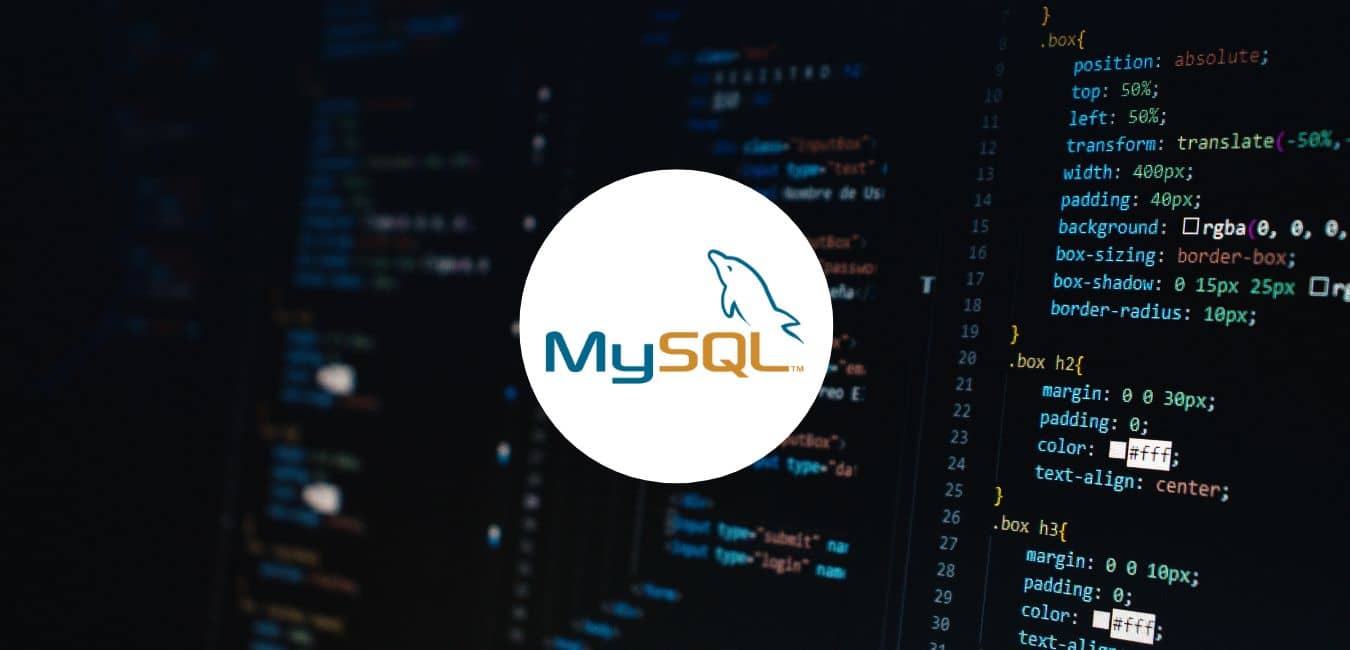Script for complete removal:
- Complete automated script to remove MySQL
- Additional verification and cleaning
Important aspects covered:
- Safety notices about data backup
- Commands to stop services and remove packages
- Cleaning files, directories, and settings
- Removing users and groups from the system
- Complete removal verification
- Solving common problems
Additional resources:
- Ready-to-use script
- Verification commands
- Tips for clean reinstallation
- Troubleshooting for problematic cases
Click here to make a complete backup of all MySQL databases.
Edit the new file to remove mysql from the Linux server.
nano remove_mysql.sh
copy and paste the content below:
#!/bin/bash # Script: remove_mysql.sh echo "=== Removendo MySQL do Ubuntu 20.04 ===" # Parar serviços echo "Parando serviços MySQL..." sudo systemctl stop mysql 2>/dev/null sudo systemctl disable mysql 2>/dev/null # Matar processos MySQL restantes echo "Finalizando processos MySQL..." sudo pkill -f mysql # Remover pacotes echo "Removendo pacotes MySQL..." sudo apt remove --purge -y mysql-server mysql-client mysql-common sudo apt remove --purge -y mysql-server-core-* mysql-client-core-* sudo apt remove --purge -y mysql-community-server mysql-community-client sudo apt autoremove --purge -y # Remover arquivos e diretórios echo "Removendo arquivos e diretórios..." sudo rm -rf /etc/mysql/ sudo rm -rf /var/lib/mysql/ sudo rm -rf /var/log/mysql/ sudo rm -rf /usr/lib/mysql/ sudo rm -rf /etc/apparmor.d/usr.sbin.mysqld sudo rm -rf /etc/logrotate.d/mysql-server # Remover usuário e grupo echo "Removendo usuário e grupo mysql..." sudo deluser mysql 2>/dev/null sudo delgroup mysql 2>/dev/null # Atualizar cache de pacotes sudo apt update echo "=== Remoção do MySQL concluída! ===" ```
Change the file permission and then run the following to remove mysql:
chmod +x remove_mysql.sh ./remove_mysql.sh
Verify that mysql has been completely removed:
Run the commands below individually, line by line:
# Verificar se o serviço ainda existe systemctl status mysql # Verificar pacotes instalados dpkg -l | grep -i mysql # Verificar diretórios ls -la /etc/mysql/ ls -la /var/lib/mysql/ # Verificar processos ps aux | grep mysql # Verificar portas em uso sudo netstat -tlnp | grep :3306 ```
Troubleshooting common problems:
See the error and solution below.
### Erro: "Package not found" # Atualizar cache de pacotes sudo apt update # Forçar remoção de pacotes problemáticos sudo dpkg --remove --force-remove-reinstreq mysql-server sudo dpkg --remove --force-remove-reinstreq mysql-common ``` ### Processos que Não Finalizam ```bash # Forçar finalização de processos MySQL sudo killall -9 mysql mysqld mysqld_safe # Verificar se há arquivos de lock sudo rm -f /var/lib/mysql/*.pid sudo rm -f /var/run/mysqld/* ``` ### Arquivos Protegidos ```bash # Remover proteção de arquivos (se necessário) sudo chattr -i /etc/mysql/my.cnf 2>/dev/null sudo chattr -i /var/lib/mysql/* 2>/dev/null # Então remover normalmente sudo rm -rf /etc/mysql/ sudo rm -rf /var/lib/mysql/
Clean Reinstallation (Optional):
# Atualizar sistema sudo apt update && sudo apt upgrade # Instalar MySQL sudo apt install mysql-server # Configurar MySQL sudo mysql_secure_installation
Important Tips:
- Always back up important data before removal.
- Check dependencies that may be affected by removing MySQL
- Restart the system after removal to ensure all changes take effect.
- Document your current configuration before removing in case you need to reinstall.
Commands to check if mysql has been removed:
Create a file for verification:
nano verifica_final.sh
Paste the contents into the file:
echo "=== Verificação Final ===" echo "Serviços MySQL:" systemctl list-units --type=service | grep mysql echo "Pacotes MySQL:" dpkg -l | grep mysql echo "Processos MySQL:" ps aux | grep mysql echo "Diretórios MySQL:" find / -name "*mysql*" -type d 2>/dev/null echo "Arquivos de configuração:" find /etc -name "*mysql*" 2>/dev/null echo "Portas em uso (3306):" sudo ss -tlnp | grep :3306
Change file permission and run:
chmod +x verifica_final.sh ./verifica_final.sh
Este guia garante uma remoção completa e segura do MySQL de seu sistema Ubuntu 20.04.

